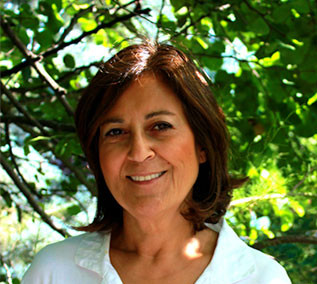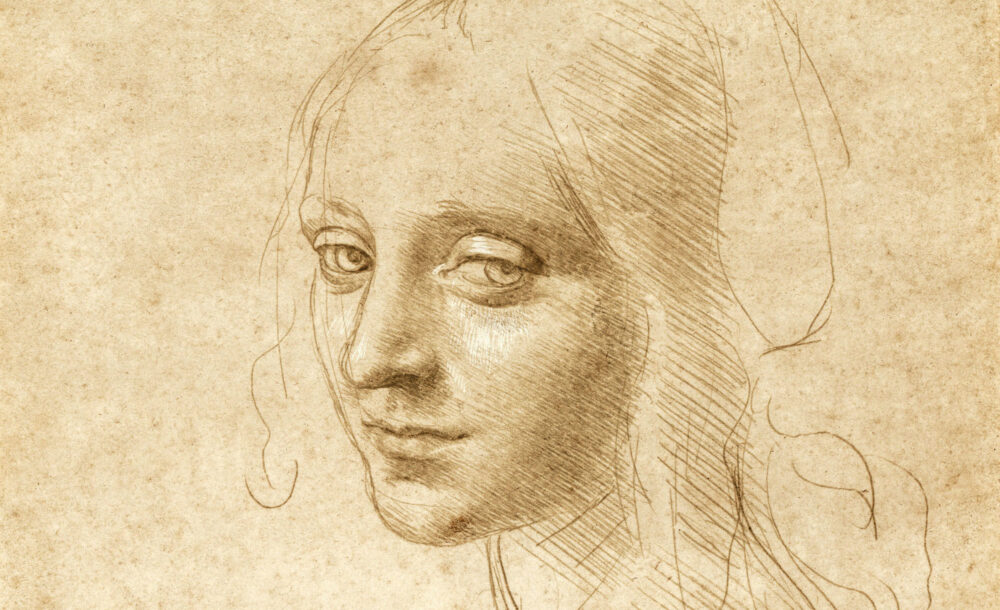
Where the spirit does not work with the hand, there is no art.
The one of a kind artist and polymath, Leonardo da Vinci (1452-1519), driven by his rigorous quest for knowing the truth pertaining the human body and the spirit, and its place in the universe, dedicated his life on his art and research. He amassed profound knowledge in anatomy, botany, mathematics, engineering and physics. The corpus of his work and scientific findings is preserved in nearly thousand drawings. Some of his rare notebooks and masterpieces were exhibited at the Louvre Museum in 2019 to commemorate the 500th years of his departure.
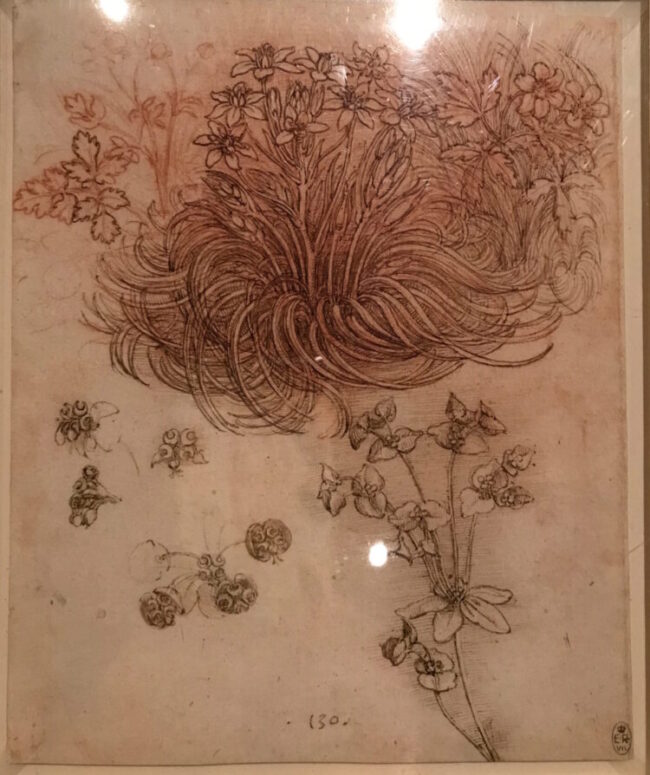
He always carried a notebook in which he drew his acute observations with precision and artistic mastery. His work reveals his mathematical know-how and advanced knowledge transmitted in such suave and sophisticated ways that his masterpieces are still being investigated with special carbon and infra-red reflectography techniques aiming to unravel the layers of his paintings.
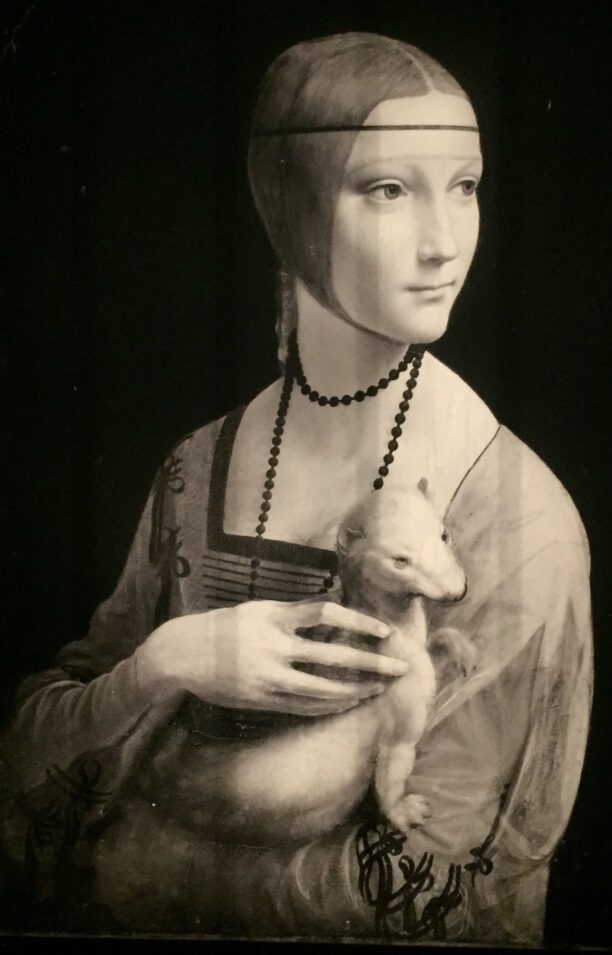
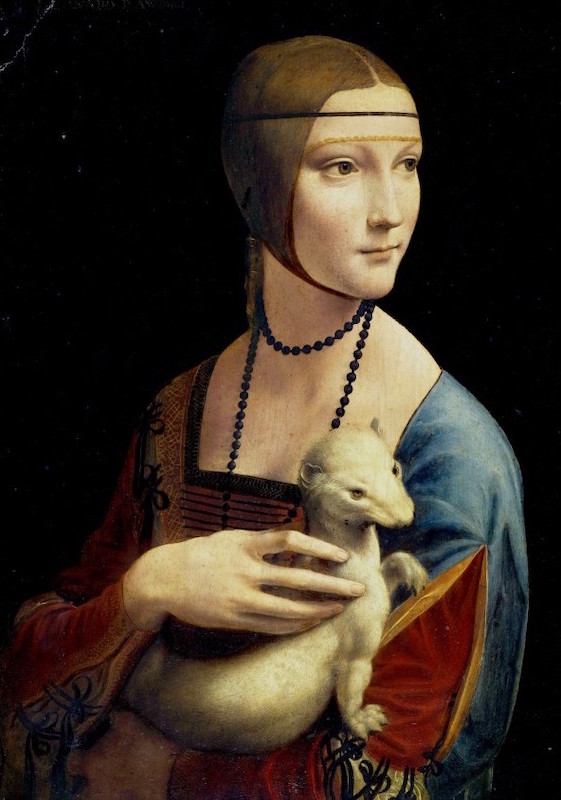
From the minuscule movement on the surface of the water, to the bird’s flapping wings and to human muscles, he observed each pehomenon with fervour and attention. He said :
I roam the countryside searching for answers to things I did not understand… These questions and other strange phenomena engage my thought throughout my life.
For him, any phenomenon in nature was worth to be inquired, observed and experimented. But light always took precedence :
Of the original phenomenon, light is the most enthralling.
Look at light and admire its beauty. Close your eyes, and then look again: what you saw is no longer there; and what you will see later is not yet.
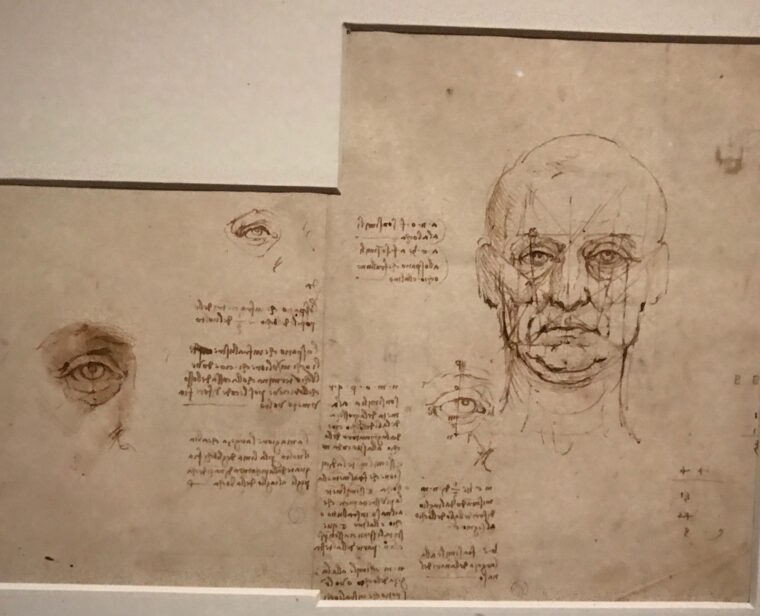
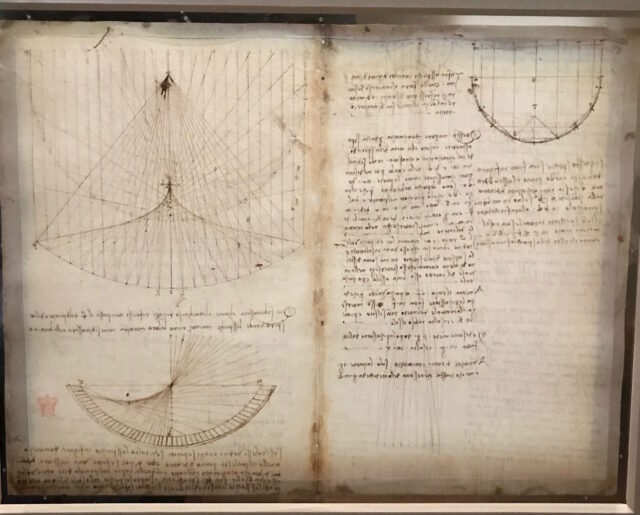
The exquisite use of light featuring his paintings animates and distinguishes his work. Particularly the light blazing in the eyes of his prominent figures —Lady Ermine, La Jaconde, La Belle Ferronnière and Saint John the Baptiste kindles awe in the eye of the onlooker and one wonders.
He demystifies the essential quality of the eyes emanating light from his canvas :
The eyes are the chief means to understand fully and abundantly appreciate the infinite work of nature.
The eye counsels all the arts of mankind…it is the prince of mathematics…it has given birth to architecture and to perspective and the divine art of painting. Painting encompasses all the ten functions of the eye, that is, darkness, light, body, color, shape, location, remoteness, nearness, motion and rest.
He alludes to the marvels of the eye and it being the window of the soul imprisoned in the body :
Because of the eye, the soul is content to stay in its bodily prison, for without it, such imprisonment is torture. Who would believe that such a small space could confirm the image of all the universe ?
Duygu Bruce



